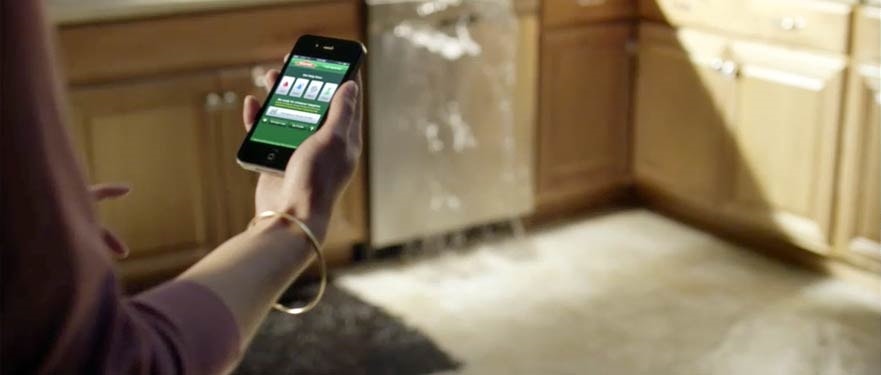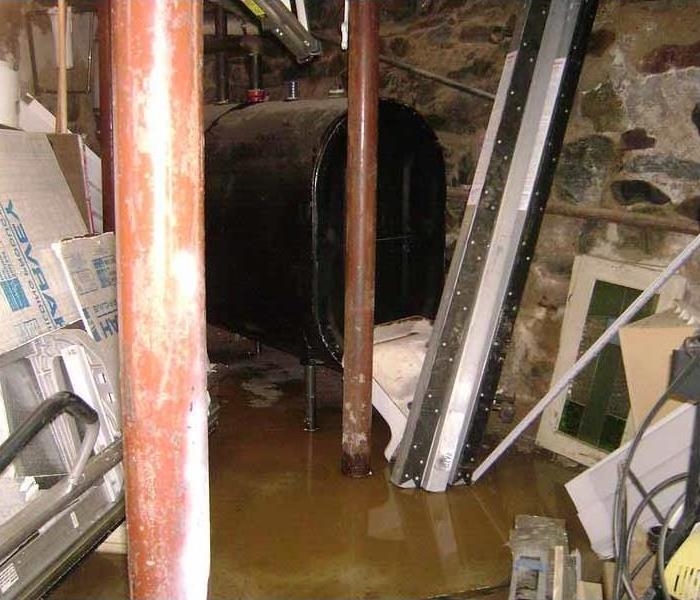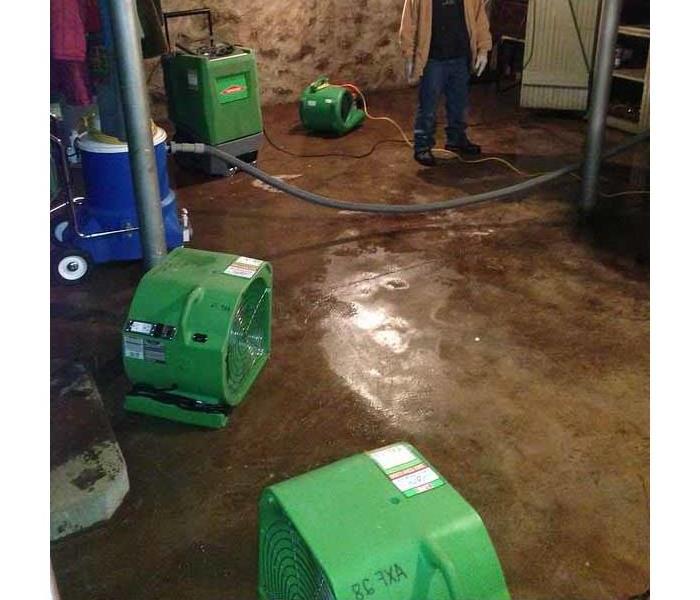
Water Damage Emergency Tips
What you can do until help arrives
Water Tips | Fire Tips | Biohazard Tips | Mold Tips
Water damage at your home or business is a crisis, and you’re probably eager to get going on the cleanup. But your first priority is to be safe. Go back inside your home or business only after local safety authorities determine it’s safe. Avoid any electrical and "slip and fall" hazards—begin by cutting power to your building. And be careful when moving wet materials, because waterlogged building materials, furniture and other objects can be surprisingly heavy.
Read SERVPRO of West Hartford’s list of do's and don'ts after a water disaster. We’ve helped many homeowners and business owners after they’ve suffered roof leaks, flood damage, sewer backups, frozen pipes and other water damage events, and our experience, training and equipment will help make your water damage "Like it never even happened."
Have A Water Damage Emergency? Call (860) 206-6141
What To Do After Flooding
- Remove excess water by mopping and blotting.
- Wipe excess water from wood furniture after removal of lamps and tabletop items.
- Remove and prop wet upholstery and cushions.
- Place aluminum foil or wood blocks between furniture legs and wet carpeting.
- Turn air conditioning on for maximum drying in summer.
- Remove colored rugs from wet carpeting.
- Remove art objects to a safe, dry place.
- Gather loose items from floors.
What NOT To Do After Flooding
- Don't leave wet fabrics in place. Hang furs and leather goods.
- Don't leave books, magazines or other colored items on wet carpet or floors.
- Don't use your household vacuum to remove water.
- Don't use television or other household appliances.
- Don't turn on ceiling fixtures if ceiling is wet, and keep out of rooms where ceilings are sagging.






 24/7 Emergency Service
24/7 Emergency Service


